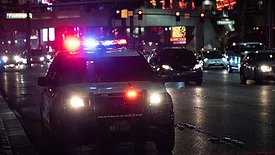Home » Keywords: » public safety
Items Tagged with 'public safety'
ARTICLES
Education & Training
Three security leaders share their advice to public safety officers joining the private sector.
Read More
Special Report: Women in Security 2025
Corey Sebera: Career Challenges Become Career Accomplishments
July 7, 2025
Special Report
Ensuring safety on the move: Strengthening security in public transportation
Security leaders share insights and best practices to ensure safety in the transportation industry.
April 4, 2025
EVENTS
Sponsored Webinar
11/19/25 to 11/19/26
Contact: Amy Jackson
From Chaos to Clarity: How Real-Time, Location-Aware Intelligence Strengthens Security Programs
Sign-up to receive top management & result-driven techniques in the industry.
Join over 20,000+ industry leaders who receive our premium content.
SIGN UP TODAY!Copyright ©2025. All Rights Reserved BNP Media.
Design, CMS, Hosting & Web Development :: ePublishing





.webp?height=168&t=1724459676&width=275)





